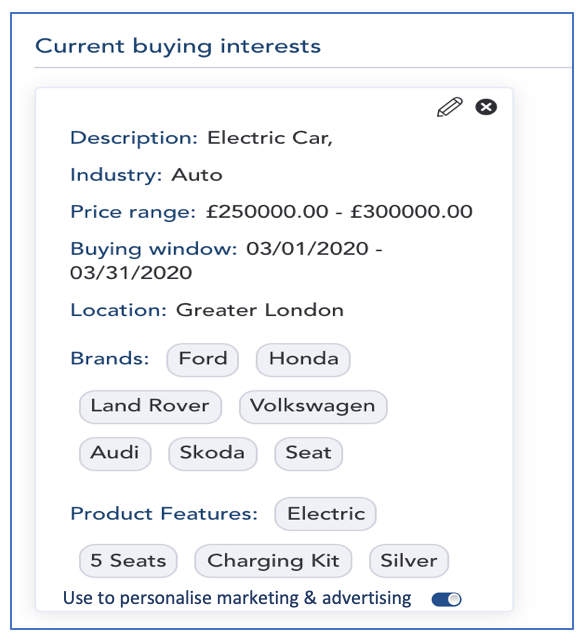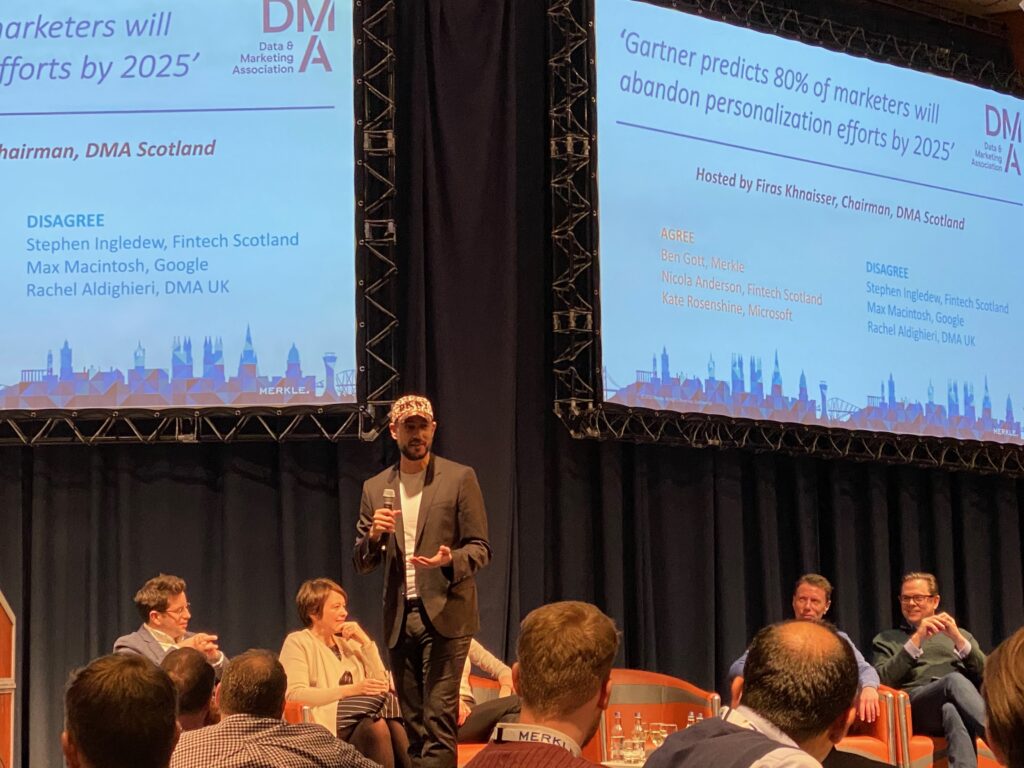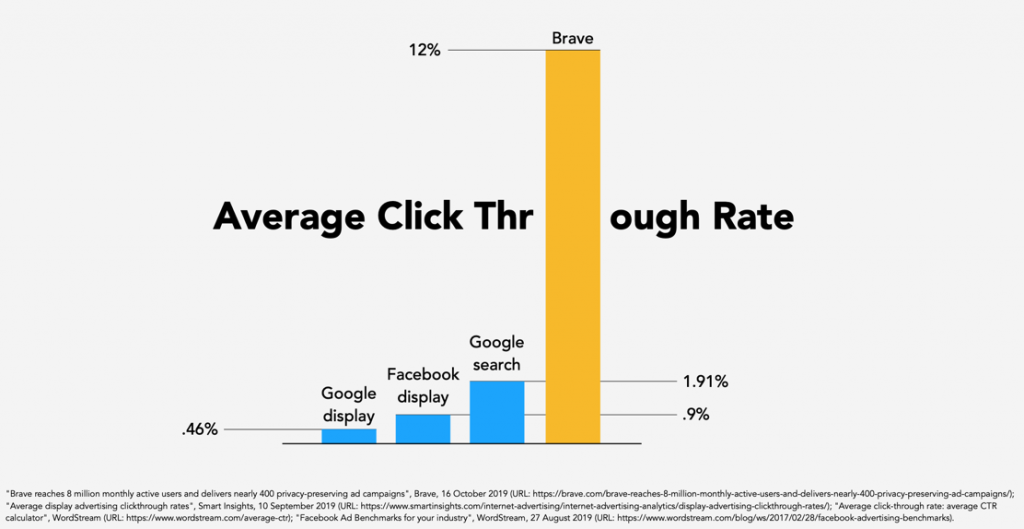Personalisation – Who Should Drive?

Yesterday I attended an excellent event hosted by Merkle in Edinburgh. There was a lot of very impressive content, tech and skills on show; the highlight was the debate hosted by Firas Khnaisser on whether brands should or should not give up on personalisation (Gartner predicts 80% will by 2025).

In the debate, the ‘let’s keep it’ team won the day; much of that I think was down to a recognition amongst the team that what is done at present remains nowhere near as good as it needs to be to achieve a genuine human connection with a customer or prospect. I particularly liked the point from Stephen Ingledew; along the lines of ‘let’s face it, what we do is not personalisation, it is targeting’.
Needless to say, I chipped in with a question/ point around ‘would it not be better to let the customer do the personalisation?’. That was not laughed out of court, so let me explain how that might work.
The best way to think about that might be to introduce a new xxxxTech to the stack; let’s call it CustomerTech. That new capability is, at the top level, pretty simple; it is about better enabling and supporting the many things that one has to do as a potential and existing customer. Think about that a bit, because the potential impact is huge. As a customer, one wanders consciously or unconsciously through a series of stages – surfacing, identifying and articulating a need, taking that need to the market place, engaging in dialogue, drawing on decision support tools, negotiating, making a buying decision, transacting, getting up and running with the new thing and supply relationship(s). And then finally getting to enjoy the purchase made…. (all the while preparing for when things go wrong, and the exit).
Does that all sound a bit familiar? It should do, because it is the inverse of the Adtech, Martech, eCommerce and CRM stack.
The visual below is an early glimpse of CustomerTech in action; it is a buying interest signal, made available to the market under the control of the potential customer. It’s pretty basic right now; so were CRM and the other ‘techs’ in their early days. But critically, it is expressed through ultra modern technologies that, whilst staying under the hood, address the pain points that mean that direct marketing response rates have been poor and statically so for many years. The main pain points that hinder direct marketing are around that people inherently understand that when they make data available to a commercial organisation that it will more than likely be shared onwards, and used to drive communications – so they share the bare minimum. There is no alignment between the needs of the data sharer and the recipient; there is no win-win, as there typically is in B2B direct marketing. CustomerTech addresses this by enabling this rich, buying intention data to flow, but only under terms that work for the individual (e.g. you can have this rich data if you agree to not share it outside of your organisation, or beyond the purposes agreed). That might sound challenging to the status quo…., it is. But then again, so is running a very expensive and fancy marketing machine on the 2 star fuel that is today’s available data.

How do we get CustomerTech switched on? I would contend it is already on its way, but largely under the radar for most of the marketing community. The tech all works, with a number of game changers in there; and it all plumbs in very neatly to the existing tech stacks. The missing step is those standardised information sharing agreements. With that in mind, I believe based on yesterdays evidence that the newly pivoted and re-invigorated Data and Marketing Association could be the body that sits down to help thrash these out. Consider that an open invite.
Why might the DMA wish to do so? I think that lies in this wonderful piece of emerging evidence from Dr Johnny Ryan at Brave Software. It shows the improvement in the clickthrough metric being achieved by the Brave privacy-centric approach to digital advertising. Think about those numbers; this increase in engagement rate is incredible; imagine what that could be when drawing in the yet richer data-set available from the permissioned buying interest data.

Lot’s to ponder on. Thanks again Merkle for a very useful session.
Next up….., the three data fields that will make all of this happen.
